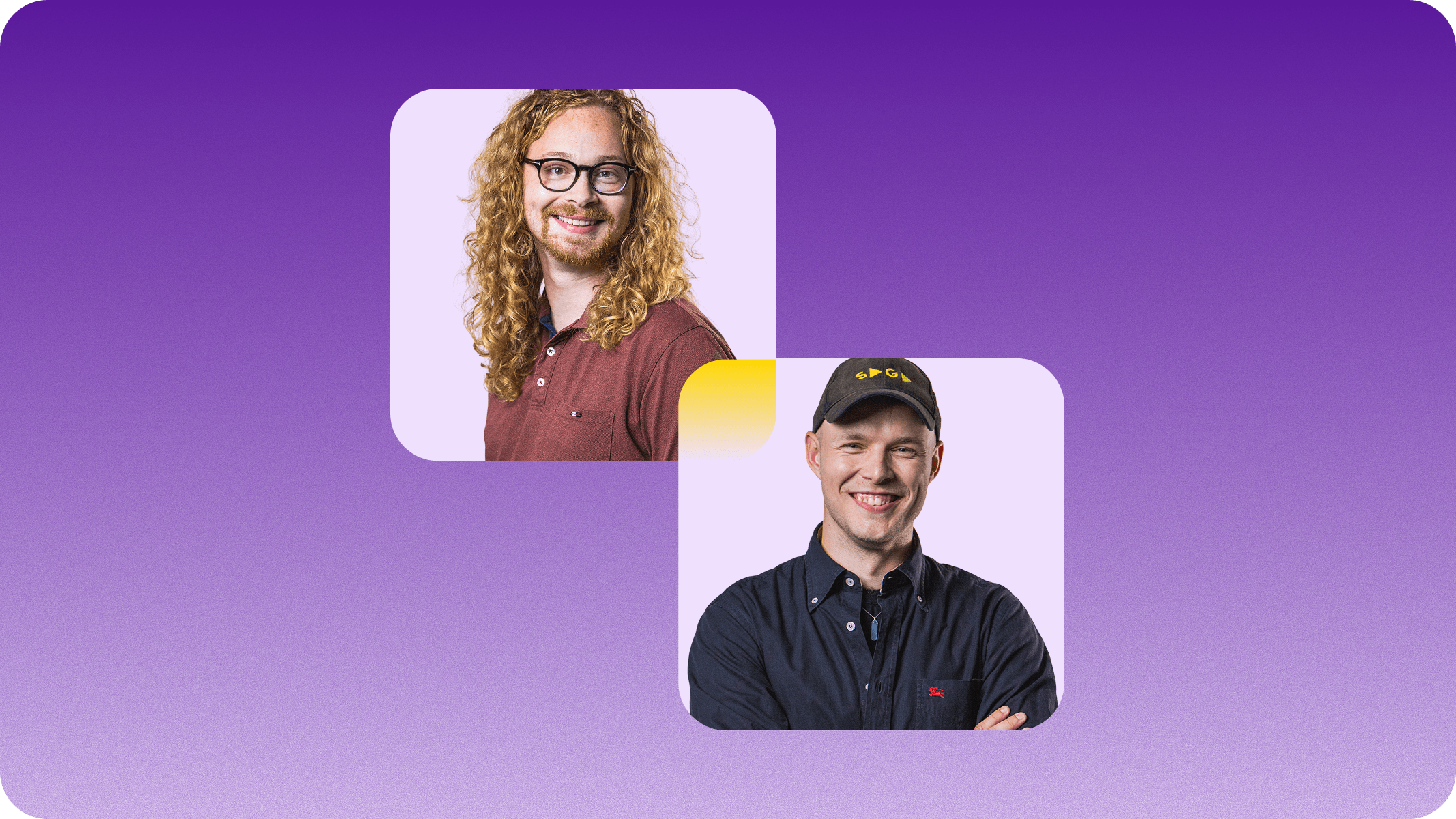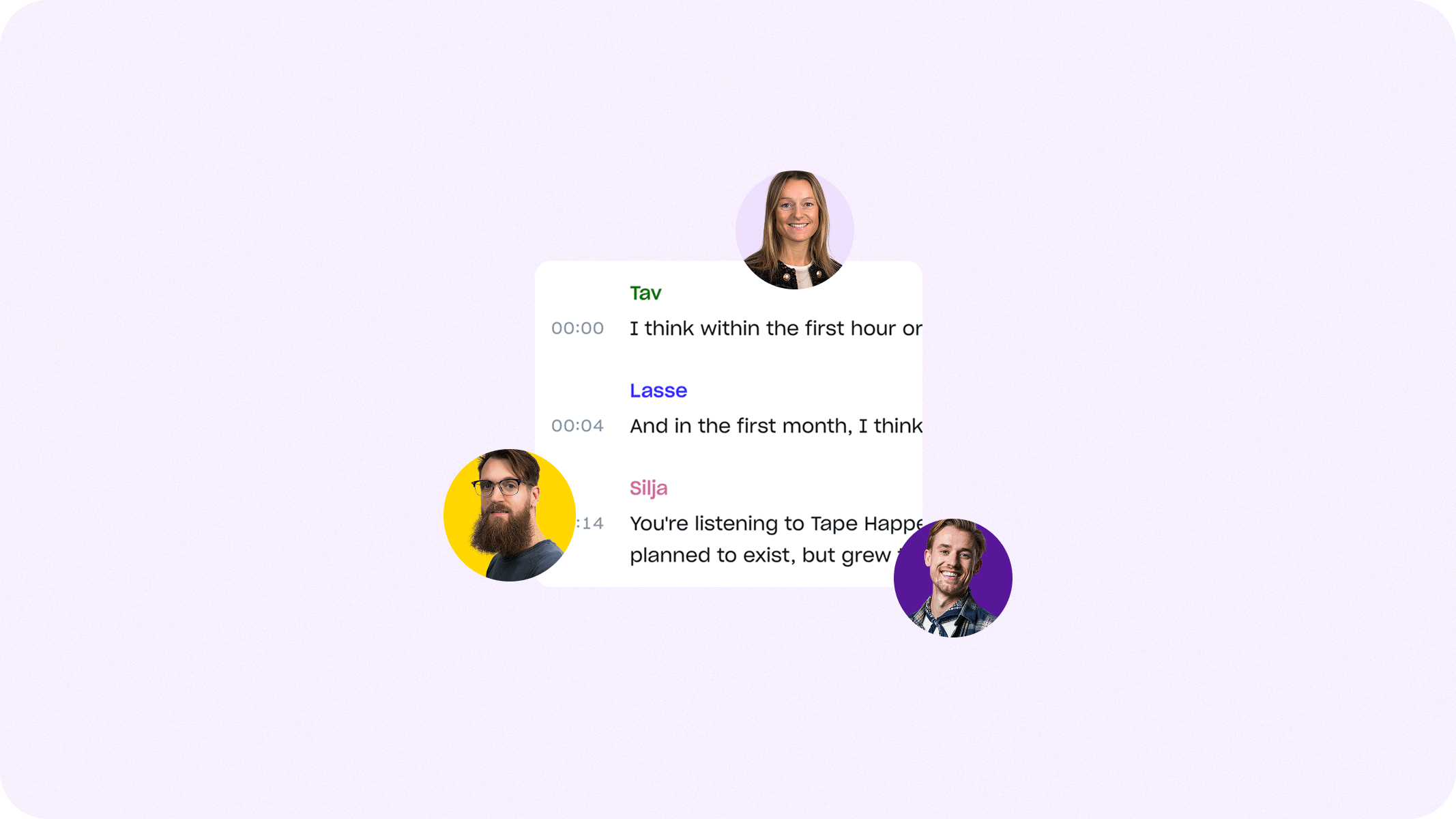
Summary
- Academic transcription converts lectures, interviews, and research recordings into written text.
- It helps students study efficiently, improves accessibility, and supports inclusive learning.
- Researchers benefit from accurate data, faster analysis, and reliable records.
- Transcripts enhance understanding and save time for both students and educators.
- Good Tape offers secure, affordable, and accurate academic transcription with 3 free transcriptions every month.
Have you ever felt intimidated by the overwhelming amount of audio and video content in your academic journey? Academic transcription services might be the answer you’re looking for.
So what exactly is academic transcription? It effectively converts audio and video recordings of lectures, seminars, discussions, and debates into text format.
Doing this not only streamlines the process of putting together and evaluating massive volumes of data: it also improves accessibility and understanding, making it a helpful resource in the academic world.
How does academic transcription work?
In academics, transcription is similar to a careful note-taker, thoughtfully transcribing spoken words into written form. The transcription process begins with audio or video recordings of lectures, interviews, or seminars, which are then cautiously transcribed.
While it may appear manageable, it requires a keen eye for detail to ensure that complicated terms and complex conversations are appropriately preserved in writing.
To ensure that every critical detail is recorded accurately, you need an academic transcription service, which will automate the process, leaving you with peace of mind that all the recordings will be professionally transcribed.
Every minute piece of information is recorded by the academic transcription services since any detail slipping through the cracks is a problem in academia.
Transcription services for students
Transcription provides a more simplified technique to learning than chaotic note-taking and rewinding lecture recordings. From lecture transcriptions to seminar talks, it will cover you in all aspects and provide multiple benefits. Let’s have a look at a few:
- Reliable and comprehensive learning: Transcription services convert audio lectures and workshops into written content, benefiting students who study visually or struggle to keep up with live lectures. This style facilitates thorough review and study, boosting comprehension of complex subjects.
- Efficient study and revision: Transcripts are excellent, especially during test preparation. Students may rapidly reference transcripts, underline key areas, and concentrate on vital coursework features, streamlining study sessions and making revision more effective.
- Inclusivity and accessibility: Transcription makes instructional information available to all students, including those who are deaf or have learning disabilities. It guarantees that resources are offered in a manner that is appropriate for a wide range of learning styles and requirements, creating an inclusive academic environment.
Transcription for researchers
Transcription services may play an important part in research by improving many areas of study processes and research methods. Transcription accelerates researchers’ operations and offers a strong foundation for qualitative analysis by translating interviews, focus groups, and field observations into written text which can be used for official records as well.
Let’s see what aid it provides to researchers.
- Facilitating qualitative analysis: Transcription is a crucial tool for qualitative researchers. It converts conversations from qualitative interviews or focus groups into text, making interpreting and coding data easier.
- Enhancing accuracy and reliability: In research, data accuracy is critical. Transcription guarantees that every spoken word element is recorded, including pauses, intonations, and emotional cues. With higher accuracy rates, you can have increased reliability in your publications.
- Speeding up the process: Transcription has the potential to accelerate the research process dramatically. Researchers may swiftly browse through transcribed texts, easily discover significant areas, and efficiently arrange their data rather than spending hours analysing recordings.
But do these benefits actually apply in the real-world context? Let’s have a look at it under the lens of a renowned research paper published in the International Journal of Computer Applications:
According to their research, the addition of text transcripts versus solely audio recordings enhances accessibility. For students with significant hearing loss, students with mobility, learning, or sensory impairments all may not be able to take notes by themselves and must rely on hired notetakers to acquire lecture notes or use softwares for audio to text transcriptions. In the surveys conducted during this research, findings indicated that academic transcriptions help students improve their academic performance.
Lastly, the main proposed system by the researchers followed a method of post-lecture transcription in which digital audio recordings of the lectures were employed to provide students with transcripts.
Good Tape follows a similar method where you can upload your file and allow its AI-based algorithm to convert the lecture audios into written documents for better understanding.
Benefits of academic transcription
Academic transcription services provide several benefits that span the academic spectrum, affecting the lives of students, instructors, and researchers alike. These services make educational and research environments more productive, inclusive, and efficient.
Let’s have a look at a few benefits academic transcription carries with itself.
Language support
Transcription services frequently feature multilingual help, which benefits non-native English speakers and those learning a foreign language.
This function aids in translating lectures, interviews, or research papers into several languages, making academic information more accessible and understood by a varied student and faculty community.
Improved and flexible learning
Transcription accommodates many learning styles. For example, written transcripts of audiovisual content may be extremely beneficial to visual learners.
Time-saving
Transcription services save both students and educators a significant amount of time. Without having to listen to hours of recordings, students may swiftly review class topics and focus on crucial study areas.
Accessibility
Transcription services are an important part of making education more accessible, particularly to students with impairments. Transcripts provide an alternate means for students with hearing difficulties to access audio and video information.
Choosing the right academic transcription service
Choosing the correct transcription service is about selecting the ideal tool for the job: you want something dependable, efficient, and worth your money. Key considerations include how accurate the service is (since no one wants an error-filled transcript), how quickly they can turn out your work (because waiting forever isn’t pleasant) how securely they can process your data, and, of course, whether the price is appropriate for your budget.
In this aspect, Good Tape stands out as a top pick. It is recognised as reliable, so you can rely on it to get accurate transcripts. They also provide a quick service allowing you to be on time. Additionally, they value your privacy, so you won’t have to worry about your information being shared.
And the best part? Their services are quite cost effective as well, so you may receive high-quality results without breaking the bank. And what could be better than three free transcriptions each month?
Trusted by professionals and teams at
Want to read more?
Check out these related resources
Help center (FAQ)
What is academic transcription?
Academic transcription is the process of converting academic audio and video recordings—like lectures, interviews, and research discussions—into written text.
Who benefits from academic transcription?
Both students and researchers benefit. Students can review transcripts to study more efficiently, and researchers can analyze data faster and more accurately.
Why is transcription important in research?
It ensures that no detail is lost, making qualitative and quantitative analysis easier. It also saves time and provides a written record for reference or publication.
Is Good Tape free to use?
Yes. Good Tape offers a free plan so anyone can start transcribing without a credit card.
Why should I use Good Tape?
It’s built for accuracy, speed, and simplicity — helping you focus on storytelling instead of manual transcription.
Is Good Tape secure?
Yes. Good Tape provides secure and accurate transcriptions that you can rely on. We are fully GDPR compliant. We will never train on your data. Your data is yours and you remain in control.
How does transcription help students?
It improves accessibility, supports inclusive learning, and helps students revise by giving them a searchable, written version of lectures and seminars.
Secure transcription for academia
Millions fo users rely on Good Tape


